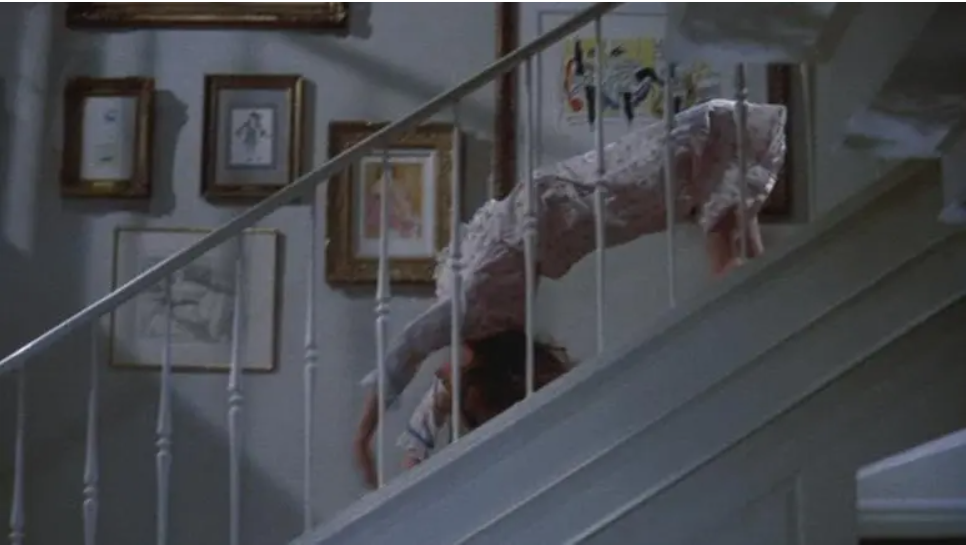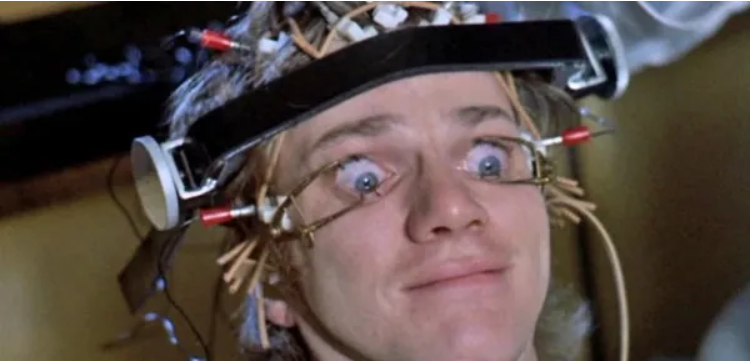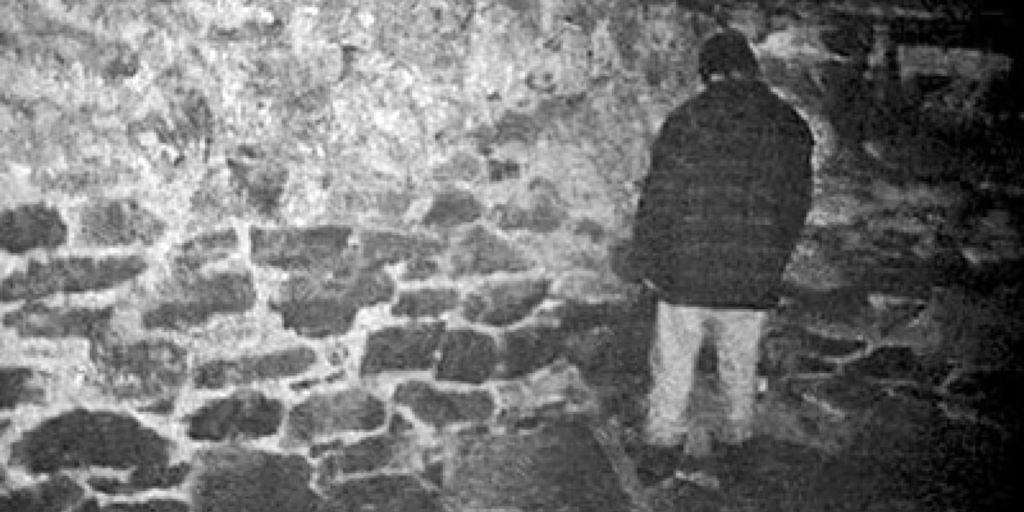They say some stories should never be told. But in the dusty corners of film history, there exists something whispered about in forums, dismissed by critics, and feared by those who saw it the lost cut. Not just a deleted scene, not just an alt version… but a part of cinema so disturbing, it was buried. No official record, no DVD extras, no streaming platform ever dared to show it again.
The Lost Cut – What It Really Means
Most people think a deleted scene is just some boring dialogue or a bit of filler cut for time. But the lost cut is different. These are scenes so dark, so messed up, that filmmakers themselves decided the world wasn’t ready. And sometimes, it’s not even about blood or gore. Sometimes, it’s about the kind of emotional horror that crawls under your skin and stays.
And maybe the most chilling part? Some of these lost cuts were shown once. To test audiences. And never again.
Case 1: The Exorcist’s “Spider Walk” But Worse?
You’ve probably seen the iconic “Spider Walk” scene from The Exorcist the one where Regan crab-walks backwards down the stairs. That scene was originally cut from the theatrical release, considered “too shocking.” But that wasn’t the lost cut. According to a few insiders, there was an even more disturbing version an extended cut that showed Regan crawling into her mother’s room and… whispering.

The words were never revealed.
The audience screamed.
And Warner Bros. pulled it the next day.
A Redditor who claimed to have seen the test screening said:
“There was nothing gory. But I’ve never forgotten the sound of her voice.”
We don’t know if this version still exists some say it was destroyed. But the myth lives on, and the lost cut became part of horror folklore.
Case 2: Disney’s Buried Nightmare – Dumbo’s Hallucination
Yeah, a Disney film. Hear me out.
Dumbo (1941) already has a freaky scene “Pink Elephants on Parade.” But rumor has it, Walt Disney’s animators initially drew a darker, more psychological version of the scene where Dumbo’s hallucination turns into his mother being beaten and crying out to him.
According to a now-deleted post from a Disney archivist:
“It tested so badly with kids, one literally fainted. It was gone the next morning.”
That version was allegedly locked in the Disney Vault and never digitized. That’s what makes it the lost cut it was too disturbing for even adult animators to keep.
Case 3: A Clockwork Orange – The Real Ending?

Kubrick was already pushing boundaries. But there was supposedly a version of A Clockwork Orange that included a longer, more traumatic final scene involving Alex relapsing into violence but not through action.
Instead, it was psychological. Quiet. A still shot of him smiling… while a tape of screams played in the background.
Critics who saw early screenings claimed it felt like Kubrick was laughing at the audience. When he was asked, he never denied its existence. Just said:
“That wasn’t for everyone.”
The lost cut in this case may have been symbolic but its absence is louder than its presence.
Why Are These Scenes Erased?
Here’s where it gets creepy: Most lost cuts are erased not because of ratings but because they disturb something real in us.
Filmmakers aren’t just worried about shock. They’re worried about lasting psychological impact.
- Scenes that reflect real mental trauma
- Scenes that resemble real-life crimes
- Or sequences that accidentally captured something unscripted and unsettling
One Hollywood editor wrote anonymously:
“We once cut a shot from a horror film because one extra’s eyes didn’t blink for 45 seconds. He wasn’t acting.”
Case 4: The Blair Witch Alternate Ending

In 1999, The Blair Witch Project became a found-footage horror icon. But early screenings featured a completely different final shot one that supposedly caused multiple faintings at Sundance.
It showed the character Mike… not standing. But levitating.
No explanation. No effects. Just silent hovering.
It was too weird, too ambiguous. Some thought it looked “too real.” Directors pulled it not because it didn’t work, but because it worked too well.
There’s no footage. No screencaps. Just a rumor and the phrase:
“There was no wind. And yet, he floated.”
That’s the lost cut in purest form.
The Mandela Effect & The Lost Cut
Ever feel like you remember a scene that no one else does?
- That one shot of Woody being burned in Toy Story? Never existed.
- The scene where Neo fights 5 Mr. Smiths in The Matrix? Not in any release.
Some fans believe they saw the lost cut in theaters, but later versions were “cleaned up.” Others think it’s the Mandela Effect, a trick of memory.
But the volume of identical recollections from people around the world suggests something stranger: maybe we did see something… and it was taken back.
What Happens to the Lost Cuts?
Some are:
- Destroyed (film reels melted)
- Locked in studio archives
- Repackaged and buried in “director’s cuts” with minimal edits
- Leaked online but taken down quickly (YouTube, Vimeo takedowns)
Fans have tried to recreate them based on descriptions. Others write fictional versions of what might have been seen turning the lost cut into digital urban legend.
A Real List of Famous “Lost Cuts” That Might Still Exist
| Movie | What Was Cut | Reason |
| The Exorcist | Extended Spider Walk + whispering | “Too disturbing” for viewers |
| The Shining | Ending where Wendy is blamed | Pulled by Kubrick himself |
| Event Horizon | Gore scenes from hell dimension | Lost footage never found |
| Rogue One | Entire subplot about Jyn’s mother | Cut for tone rumored darker |
| The Thing (1982) | Alternate death for MacReady | Deleted for ambiguity |
Why We Obsess Over “The Lost Cut”
Because the unknown is scarier than any jump scare.
We live in an age of behind-the-scenes content, director’s commentary, 4K restorations. But the lost cut is what we don’t get the secrets studios won’t talk about.
And that, maybe, is the scariest story of all.
Because if those scenes were too much…
…what did they show us that we weren’t meant to see?
Final Thoughts
The lost cut isn’t just about film. It’s about mystery. About fear that lingers long after the screen goes black. Whether it’s real, distorted memory, or studio cover-up these erased moments tell us something about what we can’t unsee.
So next time you watch your favorite film, ask yourself:
What did they cut out and why?
